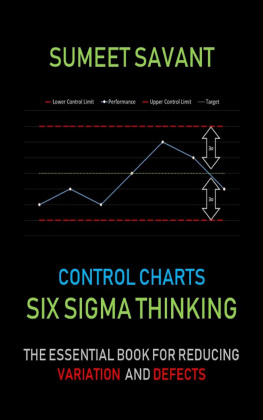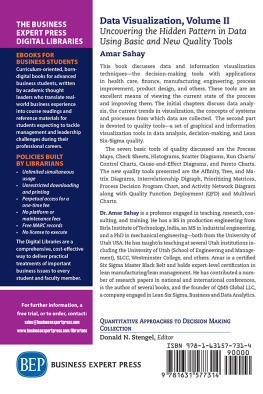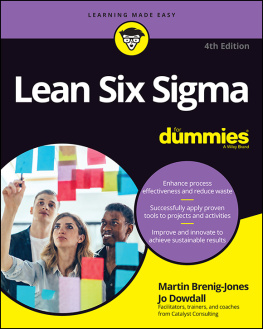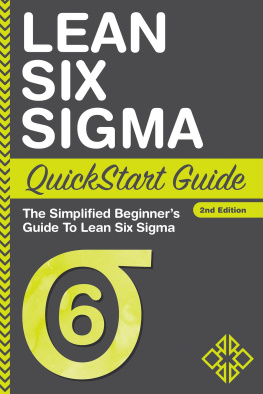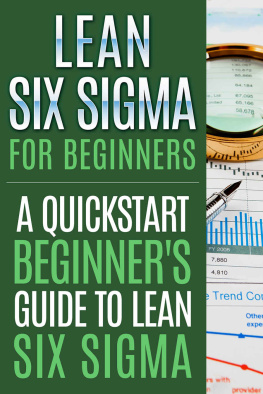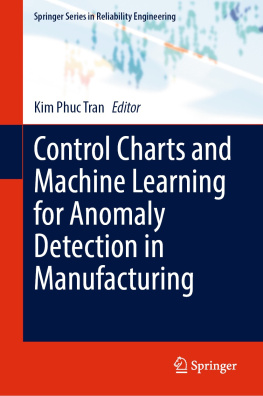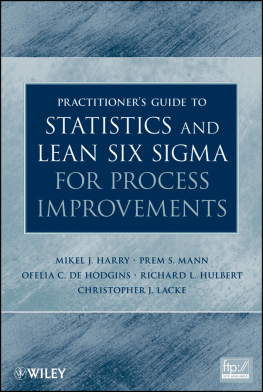Sumeet Savant - Control Charts
Here you can read online Sumeet Savant - Control Charts full text of the book (entire story) in english for free. Download pdf and epub, get meaning, cover and reviews about this ebook. year: 2019, publisher: Sumeet Savant, genre: Home and family. Description of the work, (preface) as well as reviews are available. Best literature library LitArk.com created for fans of good reading and offers a wide selection of genres:
Romance novel
Science fiction
Adventure
Detective
Science
History
Home and family
Prose
Art
Politics
Computer
Non-fiction
Religion
Business
Children
Humor
Choose a favorite category and find really read worthwhile books. Enjoy immersion in the world of imagination, feel the emotions of the characters or learn something new for yourself, make an fascinating discovery.
- Book:Control Charts
- Author:
- Publisher:Sumeet Savant
- Genre:
- Year:2019
- Rating:5 / 5
- Favourites:Add to favourites
- Your mark:
Control Charts: summary, description and annotation
We offer to read an annotation, description, summary or preface (depends on what the author of the book "Control Charts" wrote himself). If you haven't found the necessary information about the book — write in the comments, we will try to find it.
Have you ever wanted to monitor your companys processes using Control Charts?
Have you ever wanted to monitor your customers processes using Control Charts?
Have you ever wanted assurance whether your processes are in control based on the most reliable statistical tools?
If the answer to any of these questions is yes, you need look no further.
Lean Six Sigma Master Black Belt Mentor and Coach, Sumeet Savant, with more than a decade of experience in executing, leading, and mentoring hundreds of Lean Six Sigma improvement projects brings to you a simple, straight forward, no nonsense book which will enable you understand the concept of Statistical Process Control and Control Charts to successfully utilize them to achieve the process improvements you have always dreamt of, quickly, effectively, and efficiently.
He shares his belief: For your process improvements to be considered successful, you need statistically proven tools to ensure that your processes are stable, and are enabled with an effective strategy to catch special causes in your processes, and there is no other better means for achieving this other than the Control Charts.
Do Act Now and have a LOOK INSIDE the short book to have a brief experience of the immensely valuable information it has in store for you.
With this book, you will get to,
- Know, understand and appreciate what is Statistical Process Control, Run Charts and Control Charts.
- Know, undestand, and appreciate the concepts of elements of a Control Chart in detail.
- Know and understand the patterns to spot Special Causes like Runs, Mixtures, Oscillations, Clusters, Trends, Shifts, and Astronomical Points.
- Know and understand the Attribute and Continuous Data Types that can be used with Control Charts.
- Know and understand the Differences between Defects and Defectives, Subgroups and its Size.
- Know and understand the various essential Control Charts like u Chart, c Chart, p Chart, np Chart, IMR Chart, XBar R Chart, and XBar S Chart.
- Know and understand the scenarios under which the different Control Charts can be effectively used.
- Study one case study most relevant for each of the mentioned charts.
- And know all these and much more in the least number of words possible to help you improve your processes and reduce process variations faster.
This may very well be the last book you will ever need to learn SPC and Control Charts for Six Sigma and achieve overall improvements in your processes, services, and products.
We are sure about it! And, so will you be!
Sumeet Savant: author's other books
Who wrote Control Charts? Find out the surname, the name of the author of the book and a list of all author's works by series.

